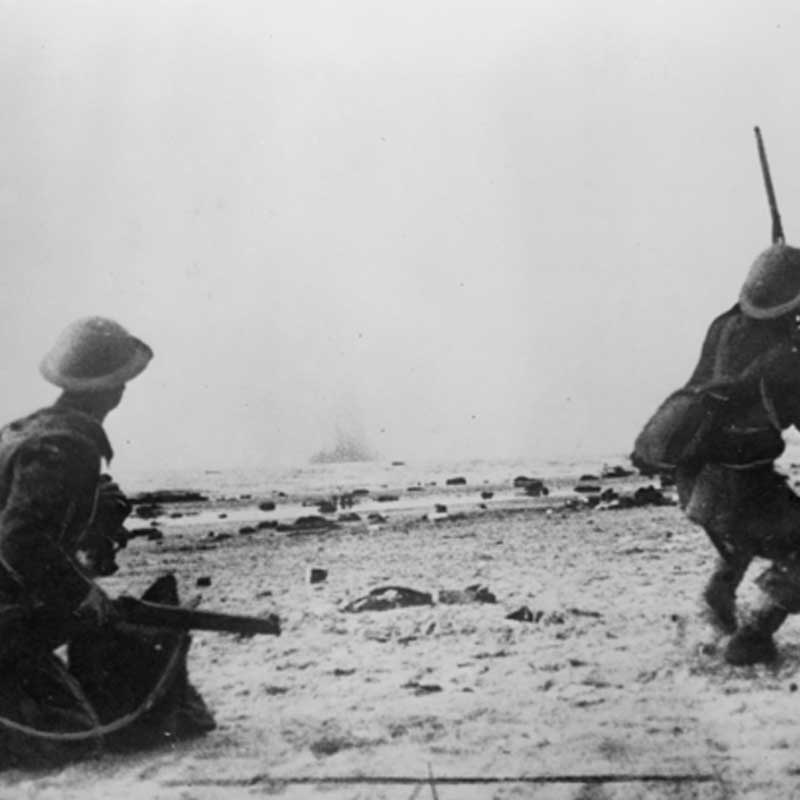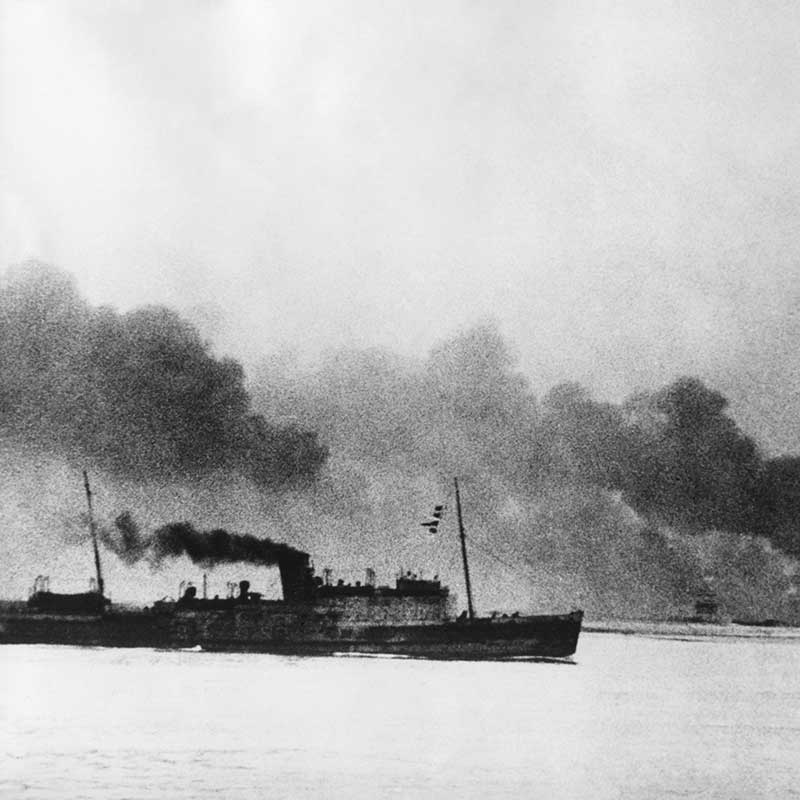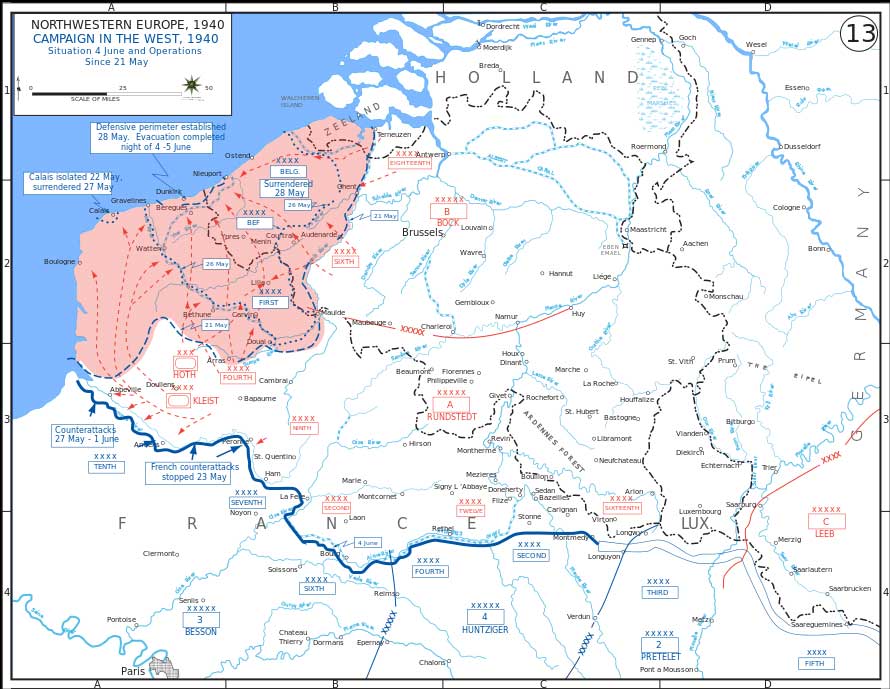Dunkirk
26 May–4 June 1940
WW2 - Battle of Dunkirk
Following the outbreak of war in September 1939 the men of the British Expeditionary Force (BEF) went to France fully expecting a German attack. However, this was the start of the Phoney War and the Germans did not attack until 10th May 1940 when they launched their Blitzkrieg assault on the Netherlands, and then Belgium and France.
The Facts
- Date: 26 May–4 June 1940
- Location: Dunkirk, France
| Countries Involved | |
|---|---|
| United Kingdom Canada France Poland Belgium Netherlans |
Germany |
| Countries Commanders | |
| Lord Gort Maxime Weygand Georges Blanchard René Prioux J. M. Abrial |
Gerd von Rundstedt Ewald von Kleist |
| Army size | |
| Around 400,000 | Around 800,000 |
| Number of Casualties | |
| Up to 350,000 | Up to 140,000 |
Battle result: German Victory
The British Army, with their French Allies, were gradually pushed back to the coast and the plan for Operation Dynamo was put into action. Over 300,000 men were evacuated from Dunkirk in May and June 1940: most from the Mole pier and some from the beaches. The ‘Miracle of Dunkirk’ saved the British Army and over 100,000 French soldiers who went back to fight in France in the final weeks of the campaign before France was forced to surrender on 22nd June 1940.

Soldiers under attack from German aircraft

Ship leaving Dunkirk carrying defeated British and French soldiers


